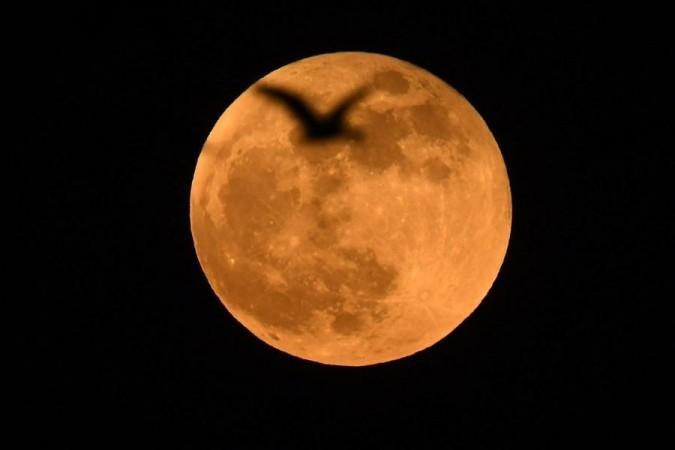
A Chinese lunar probe named Chang'e 6 has returned to the earth after collecting samples from the far side of the moon, thus becoming the first mission in the world to complete this task.
According to reports from Chinese media outlets, the probe landed in northern China on Tuesday afternoon in the Inner Mongolian region.
The Chinese probe left Earth on May 03, and its journey lasted for 53 days. The mission of the probe was to drill the core of the moon and collect samples from these pits.
Even though previous missions by the United States and the Soviet Union had collected samples from the moon's near side, the Chinese mission has emerged as the first probe to collect samples from the far side of Earth's natural satellite.
Previously, China's Chang'e 5 lunar probe had also collected samples from the moon's near side.
According to experts, the newly collected samples are expected to help understand what kind of geological activities are responsible for the differences between the two sides.
China achieves milestone landmark
"I now declare that the Chang'e 6 Lunar Exploration Mission achieved complete success," said Zhang Kejian, Director of the China National Space Administration in a televised news conference after the probe successfully returned to the earth.
Chinese President Xi Jinping also congratulated the team who was involved in the mission.
"This is a landmark achievement in our country's efforts at becoming a space and technological power," said Jinping.
Space race continues
It is not just China and the United States that are continuing serious space explorations. Countries like India and Japan are also seriously involved in lunar exploration activities.
In 2023, India successfully landed its module near the south pole of the moon, thus becoming the first country to achieve this feat.
Meanwhile, NASA, the United States space agency, in January 2024, announced that it has pushed back its manned Artemis mission to the Moon to 2025 which will send the first woman to the lunar surface.
The space agency is currently targeting September 2025 for Artemis II, the first crewed mission around the Moon, and September 2026 for Artemis III, which is planned to land the first astronauts near the lunar South Pole.












